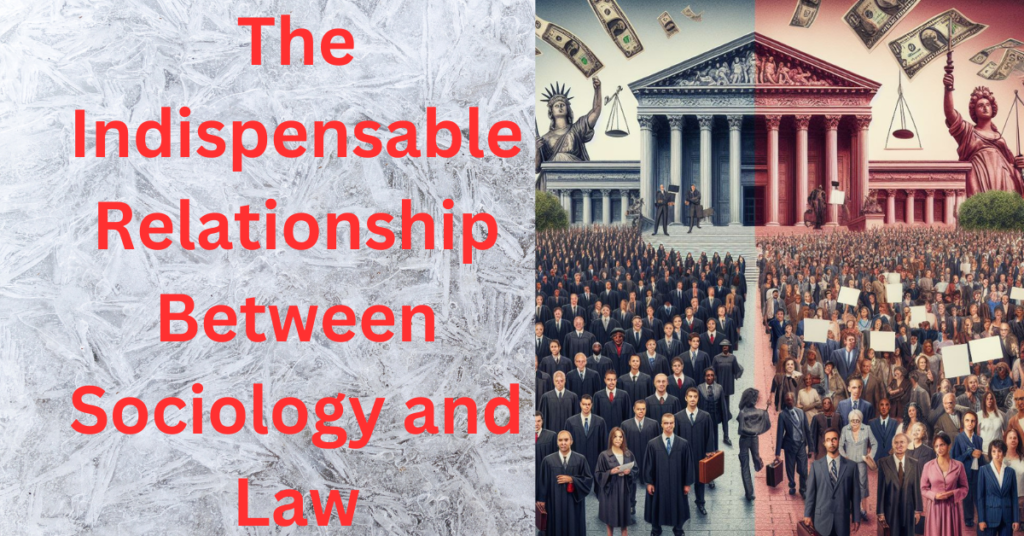Arvind
Cyber Crimes, also known as virtual or online crimes are ever-increasing and to understand its roots we need to start with an understanding of virtual society and the actual society. Virtual Society or Cyber-society, as the name suggests, is an inter-objective and an inter-subjective society emanating out of our web of Virtuo-social relationships. As MacIver and Page (1950) rightly propounded, a timeless definition of Society “as a web of Social relations, a complex system of usages and procedures, of authority and mutual aid, of many groupings and divisions, of control of human behavior, and of liberties”. The virtual Society rightly stands in consonance with this definition as the Virtual society is nothing more than a web of social relations forged through interactions, the medium of such interactions being Virtual, leading to the generation of what we call ‘A Virtual or Cyber Society’.
While one might argue that the ‘Virtual Society’ is not a distinct entity from the ‘Society’ itself, as it is the Society in which the virtual society exists. Anything which is part of the Society is also the Society itself. This argument, though convincing, nevertheless, stands defeated owing to several distinctions between the ‘Virtual Society’ and the ‘Society’. It is the non-acknowledgment of these very distinctions and attempts made at the elimination of these distinctions to bring the ‘Virtual society’ on the same footing with the ‘Society’, rather than an acknowledgment of these distinctions and developing a suitable instrumentality to deal with the distinctions, that serves as the ‘Source of virtual crimes’. The root source of online crime or virtual crime is the non-acknowledgment of the distinctions between the ‘Virtual Society’ and the ‘Society’.

Had the ‘Virtual Society’ been one and the same as the ‘Society’ itself, the crimes in it would not be any different from the Societal Crimes, and the existing law enforcement agencies and laws would be capable of combating the virtual society. To better understand, it is crucial at this juncture to ascertain what a Crime is? ‘A crime is any deviance recognized by the state.’ Put this way, any deviance presupposes the existence of a prescriptive order. For it is any behavior that is in non-conformity with this Prescriptive order that is called ‘Deviance’.
Consequently, for deviance to exist, the existence of a ‘Prescriptive order’ is a precondition. However, mention is to be made of the fact that ‘every deviance is not a crime, but every crime is deviance’.
A ‘deviance’ becomes or qualifies as a ‘crime’ only when it is recognized by the State. To illustrate, the act of not touching the feet of an elderly is regarded as deviant behavior, but the same is not a crime, for the state has not, by way of any law, made this deviance punishable. However, the act of murdering an individual is prima facie deviant behavior, which has been recognized by the state and subsequently qualified to the status of crime. Thus, all those ‘Deviances recognized by state qualify as a Crime’. With that necessary differentiation, it is amply clear that ‘A crime is a deviance which presupposes the existence of a Prescriptive order’.
However, it is the absence of this very prescriptive order in the ‘Virtual society’ that results in – ‘Virtual Crimes’. How is the Prescriptive order learned? The State’s laws are effective only because it just express the majorly-existent and majorly-compliant prescriptive order in place (minor non-compliances are what we call crime). In other words ‘A majority of the society already regards human life as sacred and valuable and already refrains from depriving such life (killing), and the state’s laws are merely an explicit expression of that existent prescriptive-order (we do not kill for human life is valuable) which is already majorly-compliant when it, by way of a law, makes the act of killing punishable. It is because of such a reason that State’s laws are effective as the implementation is already in place, and what is to ensure is the status quo or maintenance of such a prescriptive-order.
The successful existence of the prescriptive order owes a great debt to the Agents of Socialization who, from the birth of a new being, are set on the process of instilling the ‘Prescriptive order into the new being’.
It is the ‘Absence of these two, namely, the ‘Prescriptive order’ and the ‘agents of socialization’ in the virtual world that results in the major distinction between the ‘Virtual Society’ and the ‘Actual Society’. It is the attempts made at bridging the distinctions rather than acknowledging the distinctions and taking a suitable course of action that becomes the source of Virtual Crimes.
How do the attempts to bridge the distinctions become the source of virtual crimes? As already been stated that a crime is a deviance that presupposes the existence of a prescriptive order. The prescriptive order as such is absent in the virtual society, but rather such a ‘prescriptive order’ is incorporated or borrowed from the ‘Actual society’. Ergo, what is actually present in the ‘Virtual society’ to measure deviance is a ‘Borrowed Prescriptive order’ from the ‘Actual society’. Virtual crimes are in fact and in effect – ‘A deviation from this Borrowed prescriptive order which has been recognized by the state as punishable’.
Such being the case, it is crucial to ask whether the term virtual crime is itself an appropriate term as it is indeed a breach of the prescriptive-order of the actual society which has been borrowed into the virtual society and how can there be crime in the virtual society when it does not possess a prescriptive order in place to begin with.
Thus, whatever happens in the ‘virtual society’ is the consequence of a borrowed prescriptive order. Why is the Borrowed Prescriptive Order a source in itself for the so-called virtual crimes?
– The Socialization by the agents of socialization was solely with respect to the observance of the ‘prescriptive social order’ in the actual society, and as such, the observance of the prescriptive order in the virtual society was never instilled by the Agents of socialization;
– Certain norms of the prescriptive order if observed in the virtual society are mocked at;
– The Agents of Socialization are themselves not well-acquainted with the virtual society and are not successful in enforcing compliance with the prescriptive order;
– The automatically developing virtual order is often in contradiction with the borrowed prescriptive order that is thrust upon the virtual society.
Thus, the Borrowed prescriptive order thrust upon the virtual society is the major source of virtual crimes arising out of the non-acknowledgment of the existing distinction between the ‘virtual society’ and the ‘actual society’.
The contemporary society, especially the formal organizations are working to deal with cybercrime in traditional ways. Like Government agencies setting up portals to report cyber crime online, where people can lodge cyber crime complaints. There are also toll-free phone numbers to report cyber crimes. But these traditional ways prove to be ineffective due to the absence or proper informal socializing agents and informal means of social control. Thus, the formal agents of socialization and formal means of control of the ‘Actual society’ are functioning or at least making some efforts to deal with cyber crime of the ‘virtual society’ but the informal agents of socialization and means of control are lagging behind. These are not able to properly externalize the norms and institutions of the virtual world and also failed in prescribing the tools of proper internalization of the virtual society and its institutions. In such situation formal agencies also face issues in framing the effective laws to deal with cybercrime, or online, or virtual crime in absence of a prescriptive order.
The views and opinions expressed by the author in this article are his personal opinions. You can contact the author/s at [email protected]. The details of the author are:
Mr. Arvind is a Law student at Chandigarh University (CU), Punjab (India).


